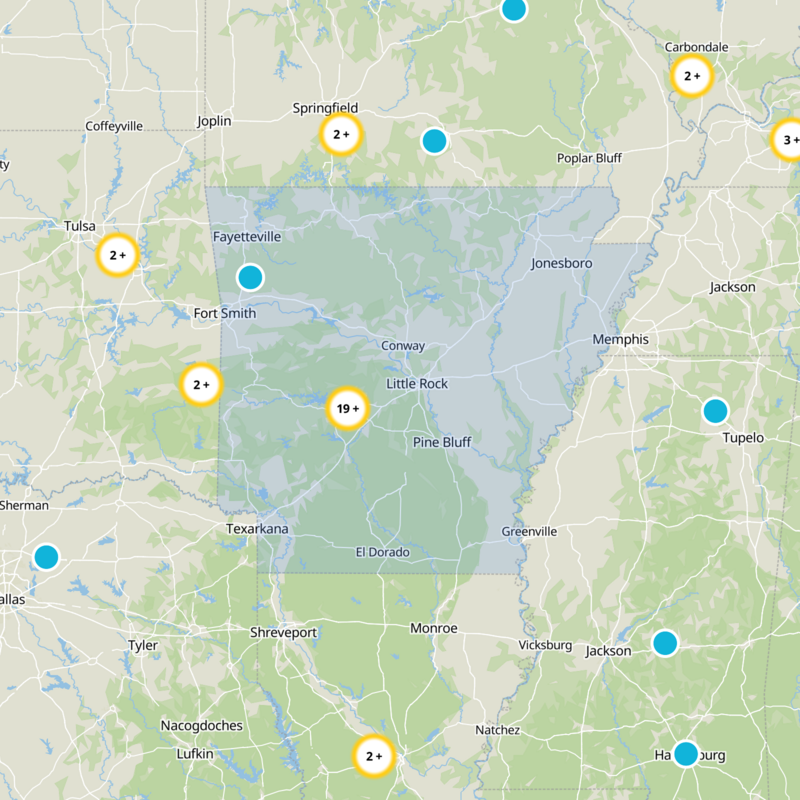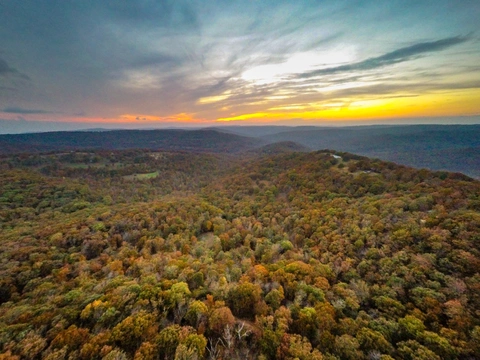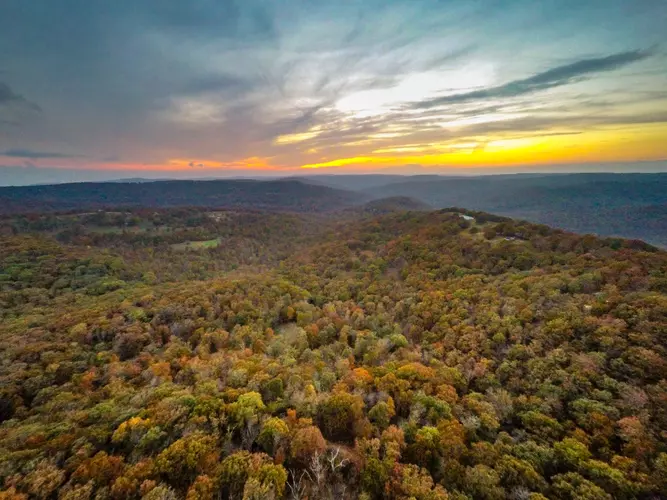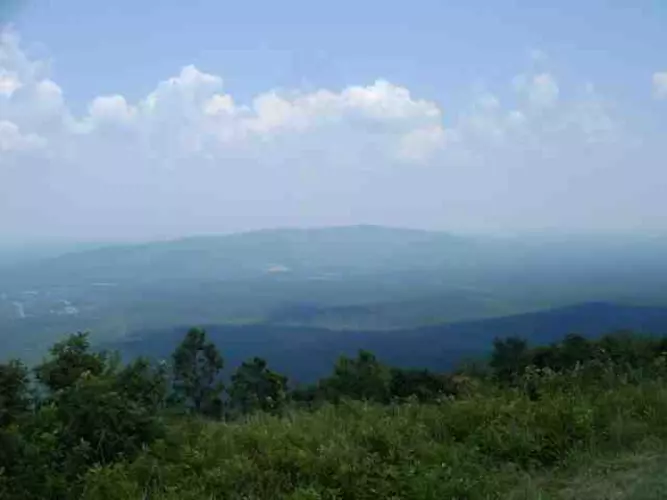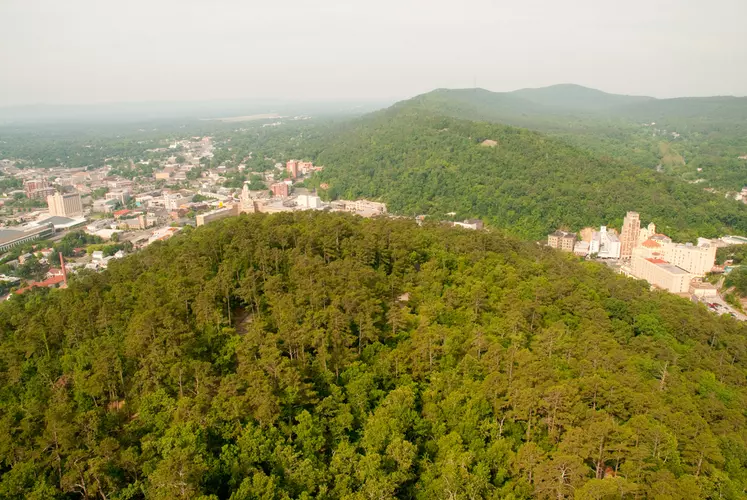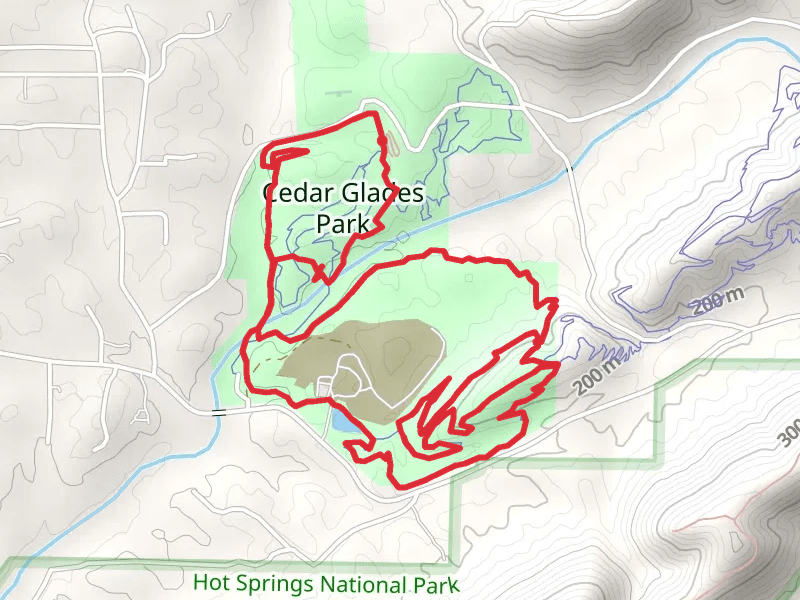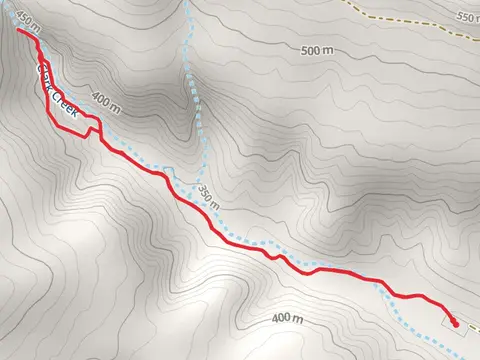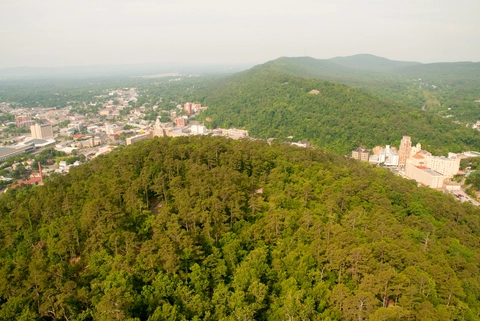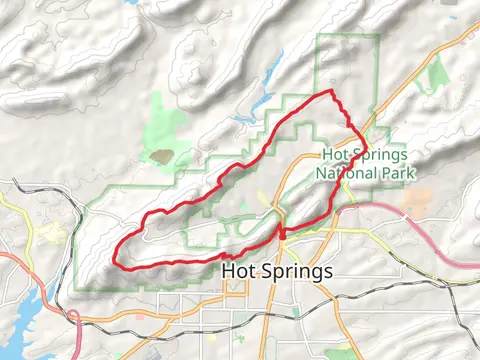"Explore Arkansas' majestic mountains and rivers, unveiling vibrant vistas and enchanting natural wonders."
Embark on an unforgettable journey through Arkansas, where the trails weave through the enchanting Ozark and Ouachita Mountains. Discover the breathtaking beauty of the Buffalo National River, where towering bluffs and serene waters create a hiker's paradise. Traverse the rugged terrain of the Ozark Highlands Trail, offering panoramic vistas and vibrant fall foliage. With diverse wildlife and hidden waterfalls, Arkansas invites you to explore its natural wonders and embrace the call of the wild.
Most popular hikes
FAQs about hiking in Arkansas




https://www.washingtoncountyar.gov/government/departments-a-e/emergency-management/search-and-rescue


